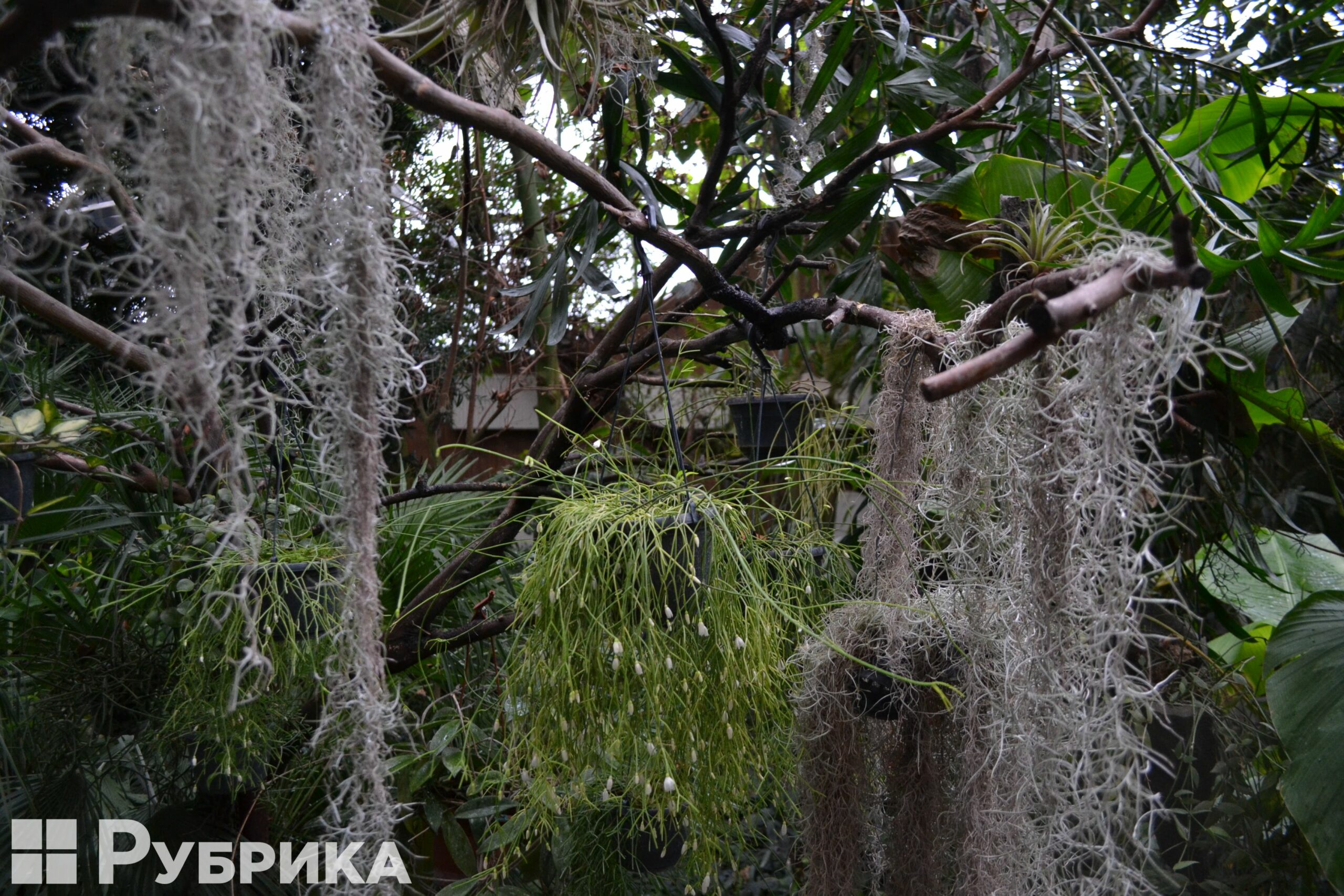
About a quarter of plants in closed artificial collections are already under threat of extinction or are not found in the wild. The same is true at the Hryshko Botanical Garden in Kyiv, where there are more than 4,000 different species and varieties of plants. according to Roman Ivannikov, head of the department of tropical and subtropical plants. About a quarter of these invaluable plants, one of the largest public collections in Ukraine, are in danger of disappearing.
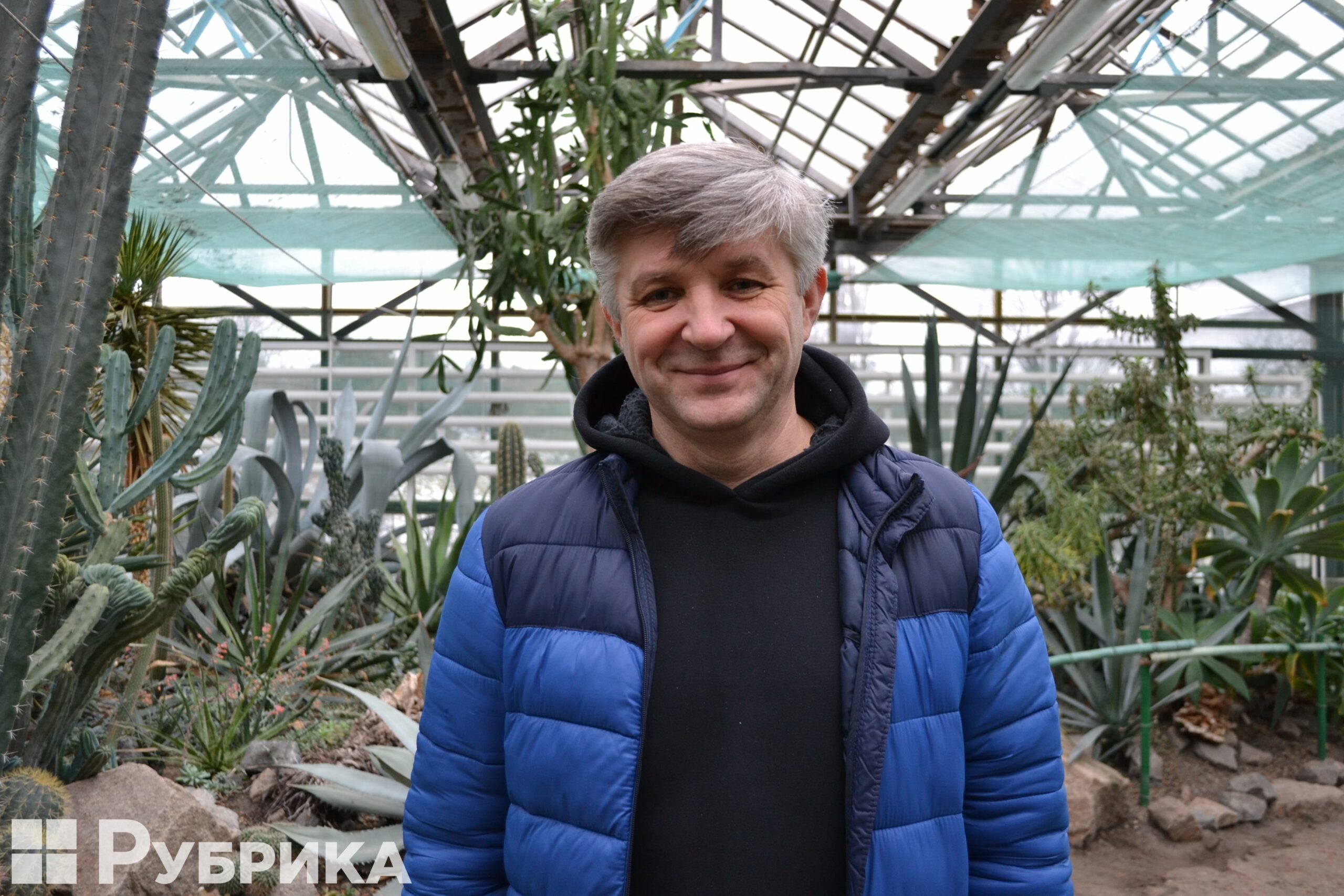
Roman Ivannikov standing under the glass of the greenhouse, where a 70-year-old cactus from the Central American prairie with sharp needles on one side, and succulents from Africa stretch upwards on the other.
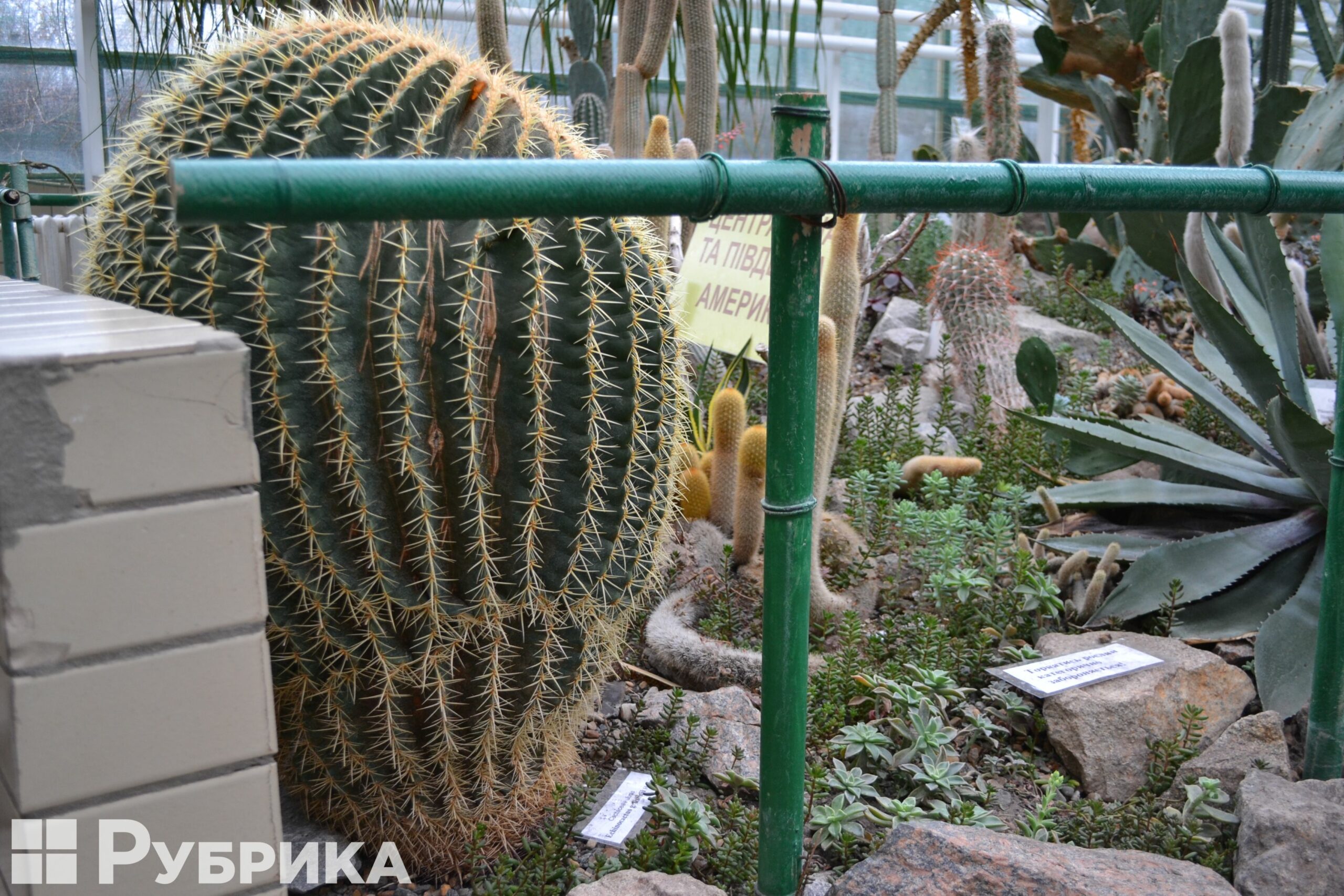
What does it mean?
Kyiv's Botanical Garden began in the middle of the 20th century. Now creating it from scratch or restoring it is a very difficult task.
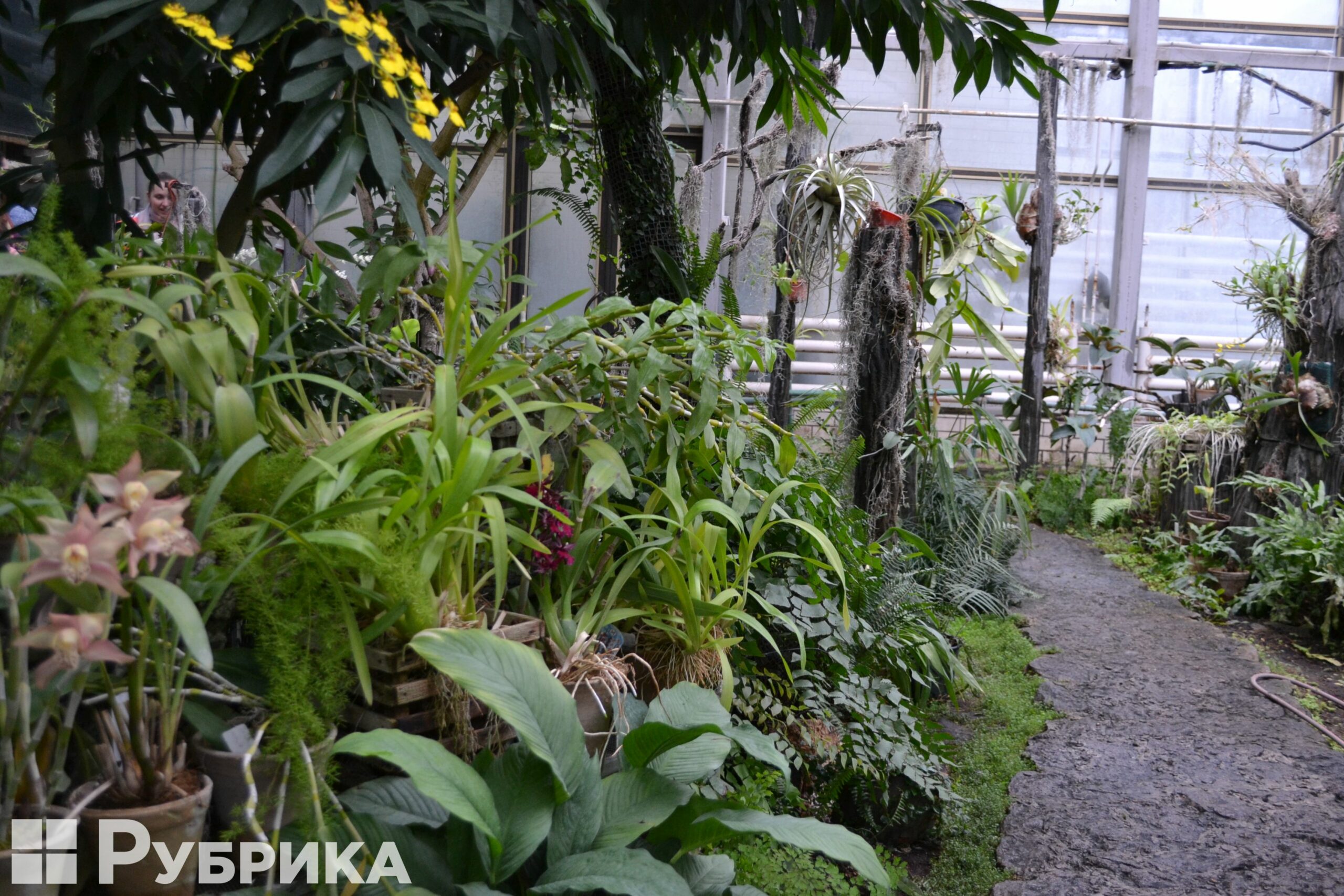
Ivannikov's story about the expeditions of scientists, in which they collected rare specimens for the botanical garden, resembles the plot of one of Jules Verne's adventure books:
"Botanists, zoologists, geologists, and climatologists from all institutes of the Academy of Sciences boarded a scientific ship and sailed from continent to continent for a year. They sailed to Africa, disembarked somewhere in Cape Town, collected local flora, followed to Madagascar, and did the same. Then the plants were brought to Ukraine, planted, and the successfully acclimatized samples are now in the collection."
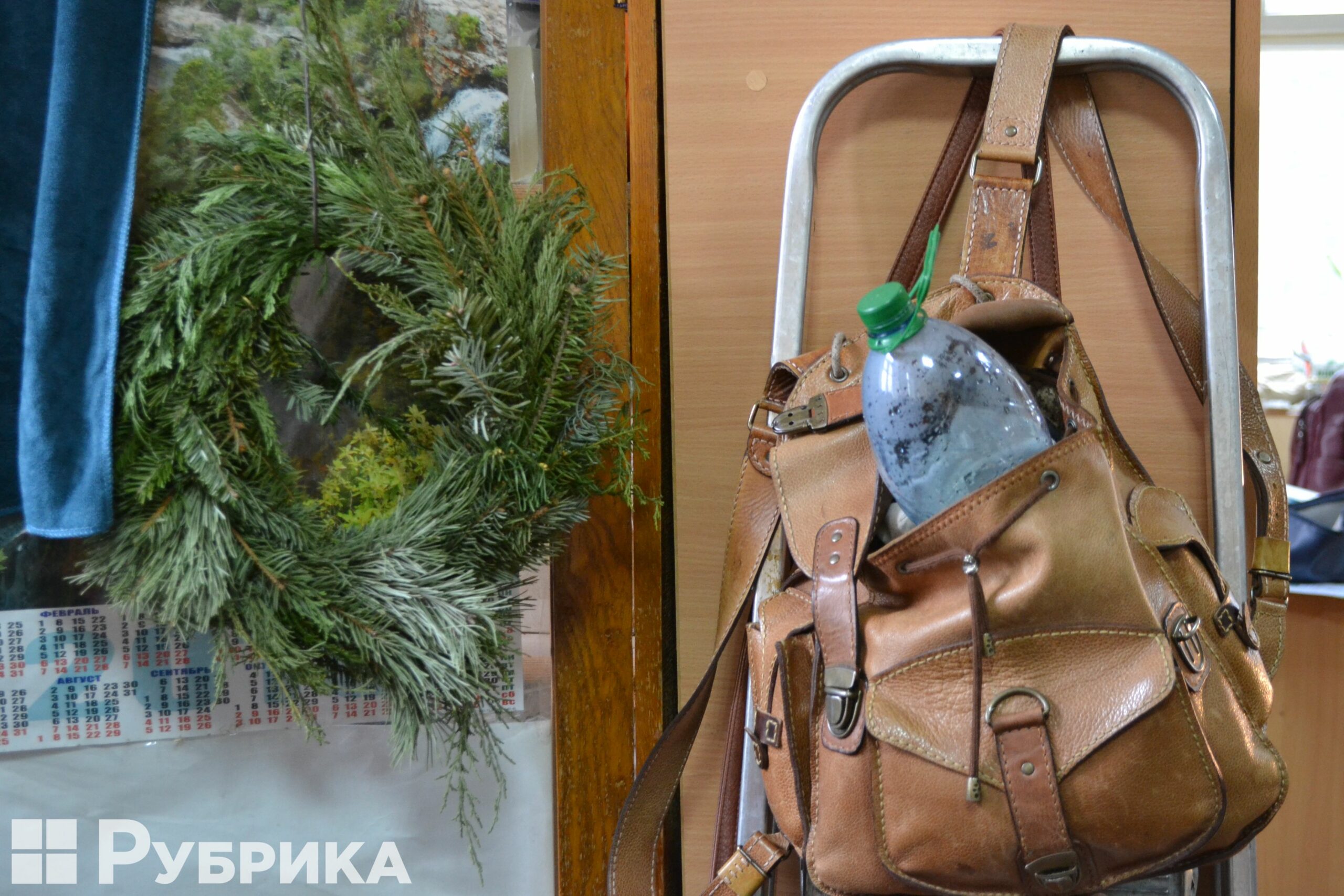
Some plants range from 30 up to 50 years in age, and each has its own passport, which states where it was taken from or bought. But over time, the world has changed, and if such an expedition could still have taken place 20 or 30 years ago, it would no longer possible today, says Ivannikov.
"Even the least developed countries are aware of the value of plant resources and will not allow their plants to be exported just like that," the scientist continues. "Even if the plant is taken out, it cannot be put into the collection because it is illegal. We are subject to civilized laws — there is a whole procedure for putting samples into the collection. It is extremely complex, formalized, and expensive, which applies to every collection type."
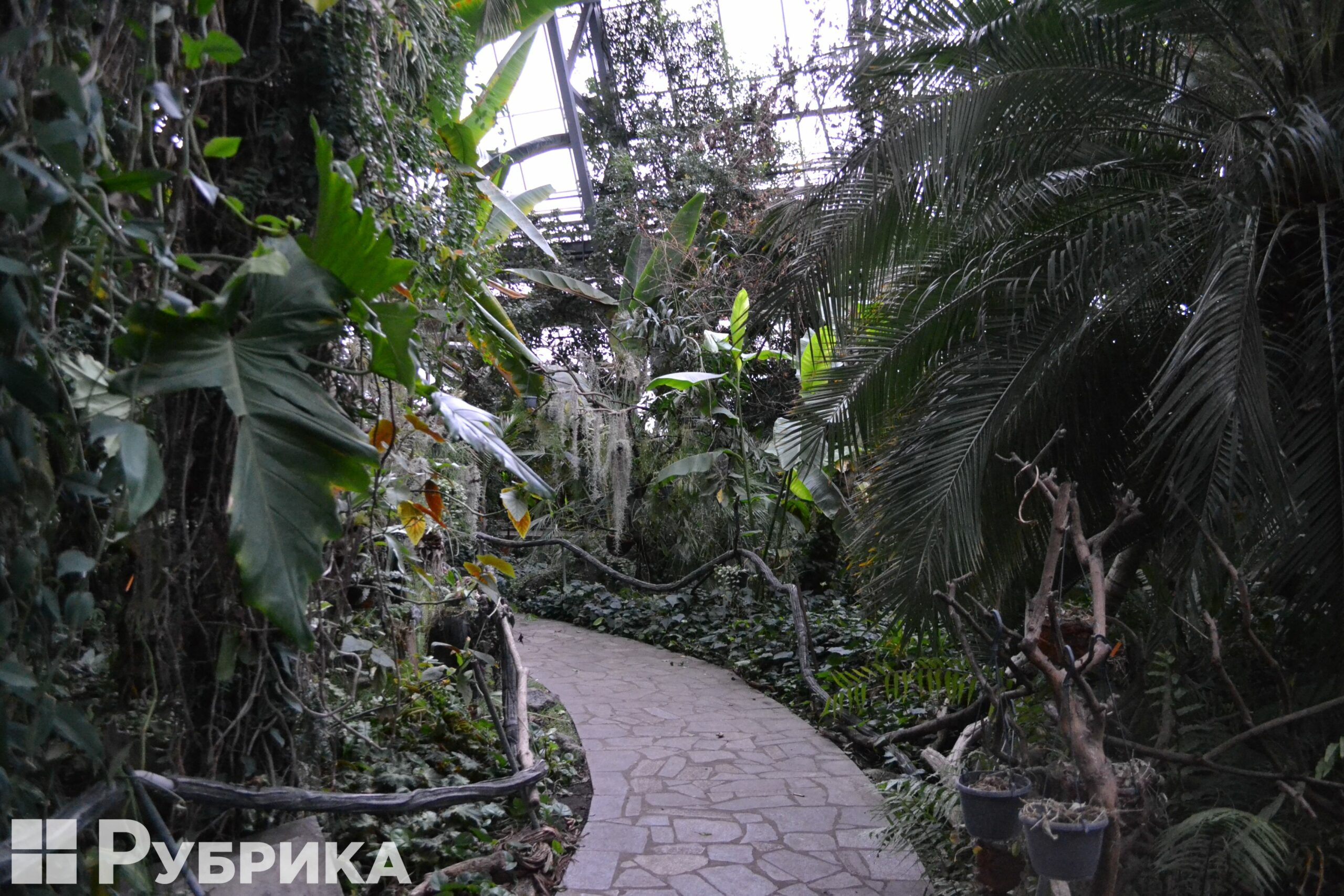
Currently, the Hryshko Botanical Garden is the most extensive state-legalized collection. Its layout has been systematically studied in the institution's laboratories, from the phytodesign of the premises to analyzing its biochemical composition to gauge the possibility of using the plants in the cosmetology and pharmaceutical industries.
What is the problem?
Many plants in the collection are endangered
Each greenhouse section maintains its temperature regime, as each group of plants requires special temperature fluctuations throughout the year and day. For example, winter is a period of drought for succulents and cacti, so the soil in the part where they grow is watered lightly, and the temperature slightly reduced but still maintained at a mark of at least 15 degrees Celsius. This year, the temperature here does not exceed 12 C. In other greenhouses, it is also kept at a minimum level.
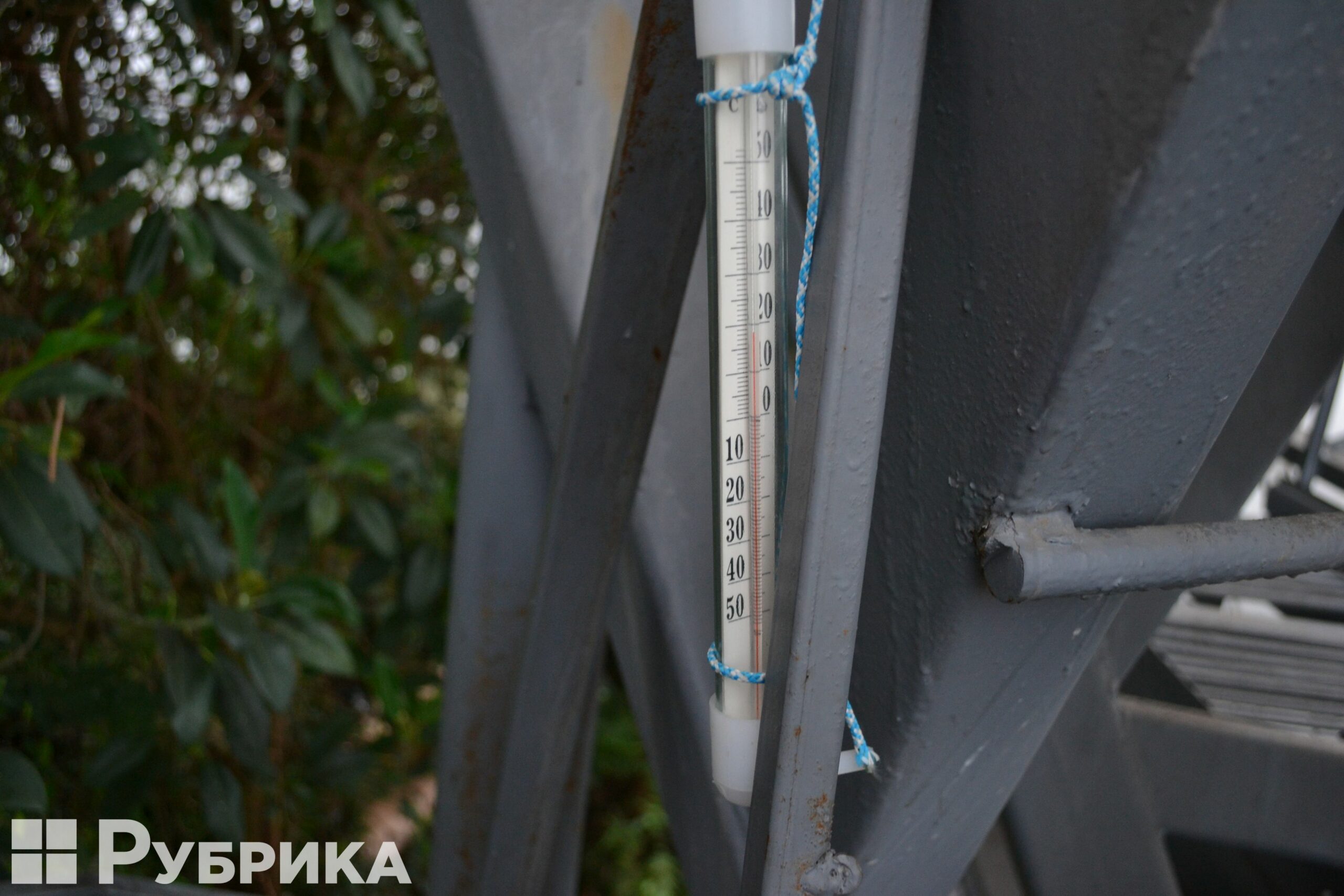
In 2022 the temperature in the botanical garden's greenhouse complex dropped to 5 degrees Celsius, and even lower several times, causing losses among the most heat-loving plants. The losses to the greenhouse due to the lost specimens are already estimated at $13.5 thousand, but the final assessments will be made in spring and summer since the delayed negative effect is difficult to predict.
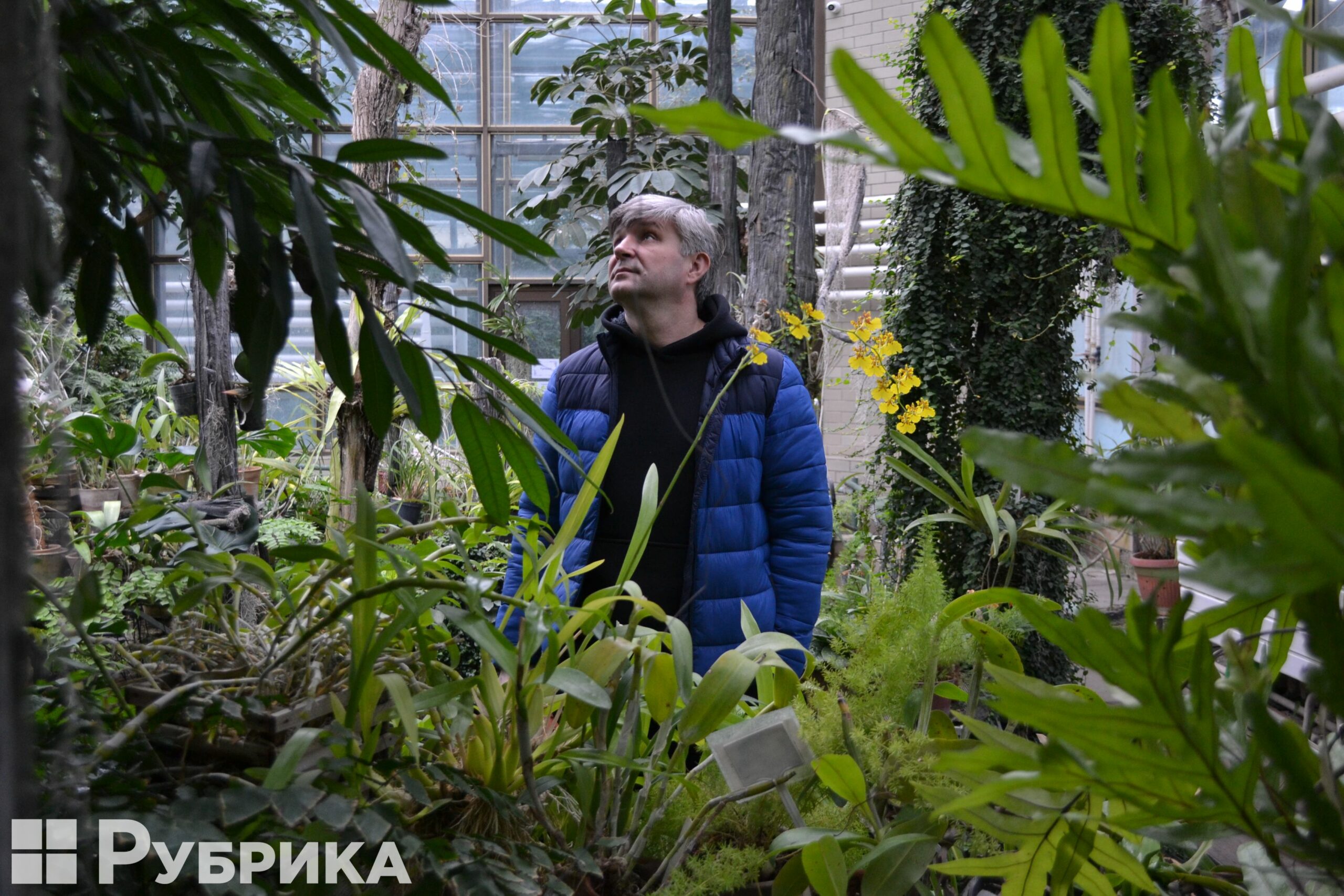
Why has the situation with heating become critical?
When full-scale war broke out in February 2022, staff who remained in Kyiv negotiated amongst one another to ensure that the plants would continue to be watered and cared for. When the garden ran out of pellets used for heating, firewood was supplied. Some of it was even collected by volunteers on the territory of the botanic garden. When russian troops retreated from the Kyiv region in spring, the situation stabilized, but in autumn, heating problems arose again.
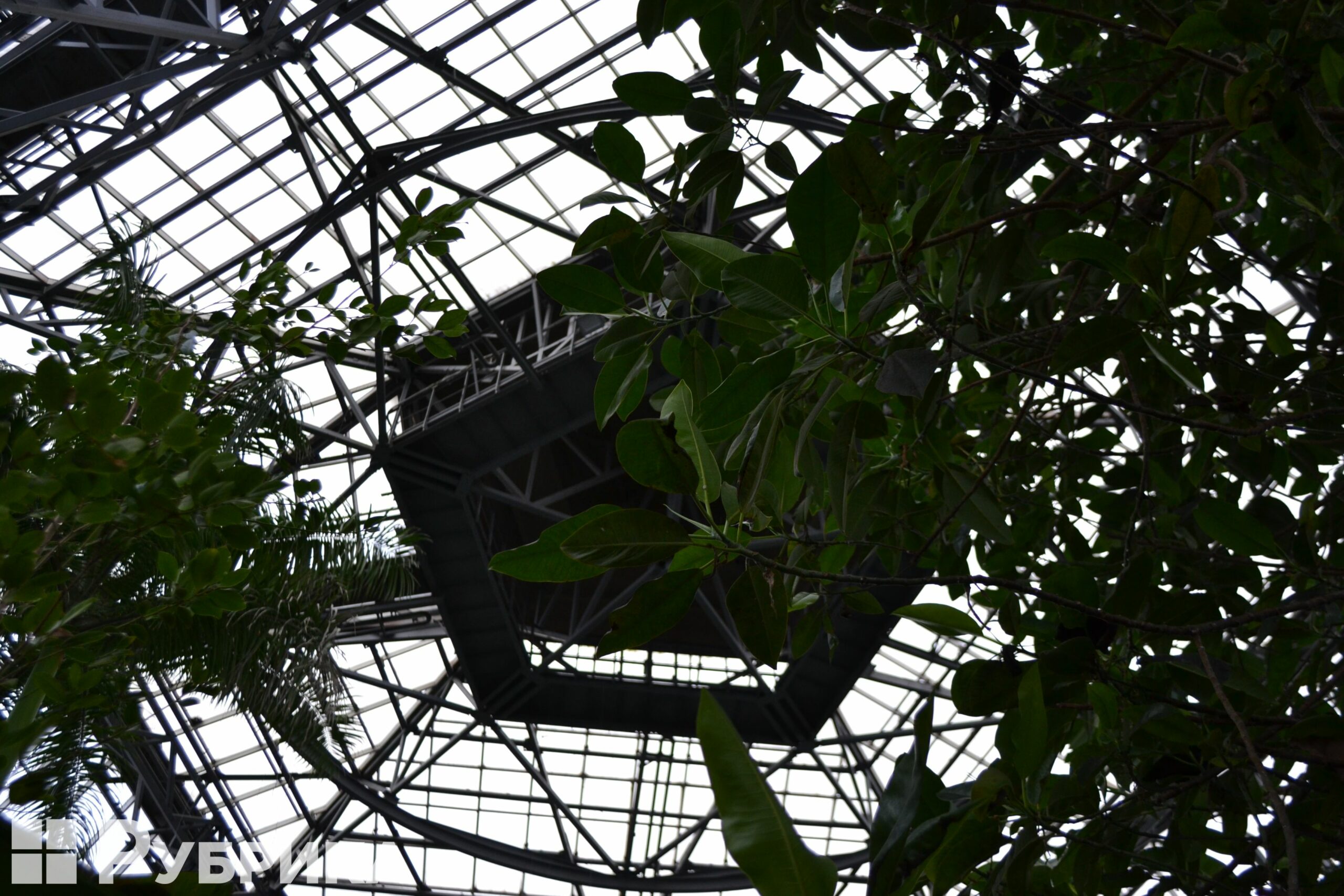
Due to the lack of funds to purchase pellets, the botanic garden had to postpone the start of the heating season in fall. While a necessary financial decision, it was also a risky one, not knowing how cold it could get. Before turning on the boilers, the greenhouses had to be heated by all available means, even burning firewood in metal barrels.
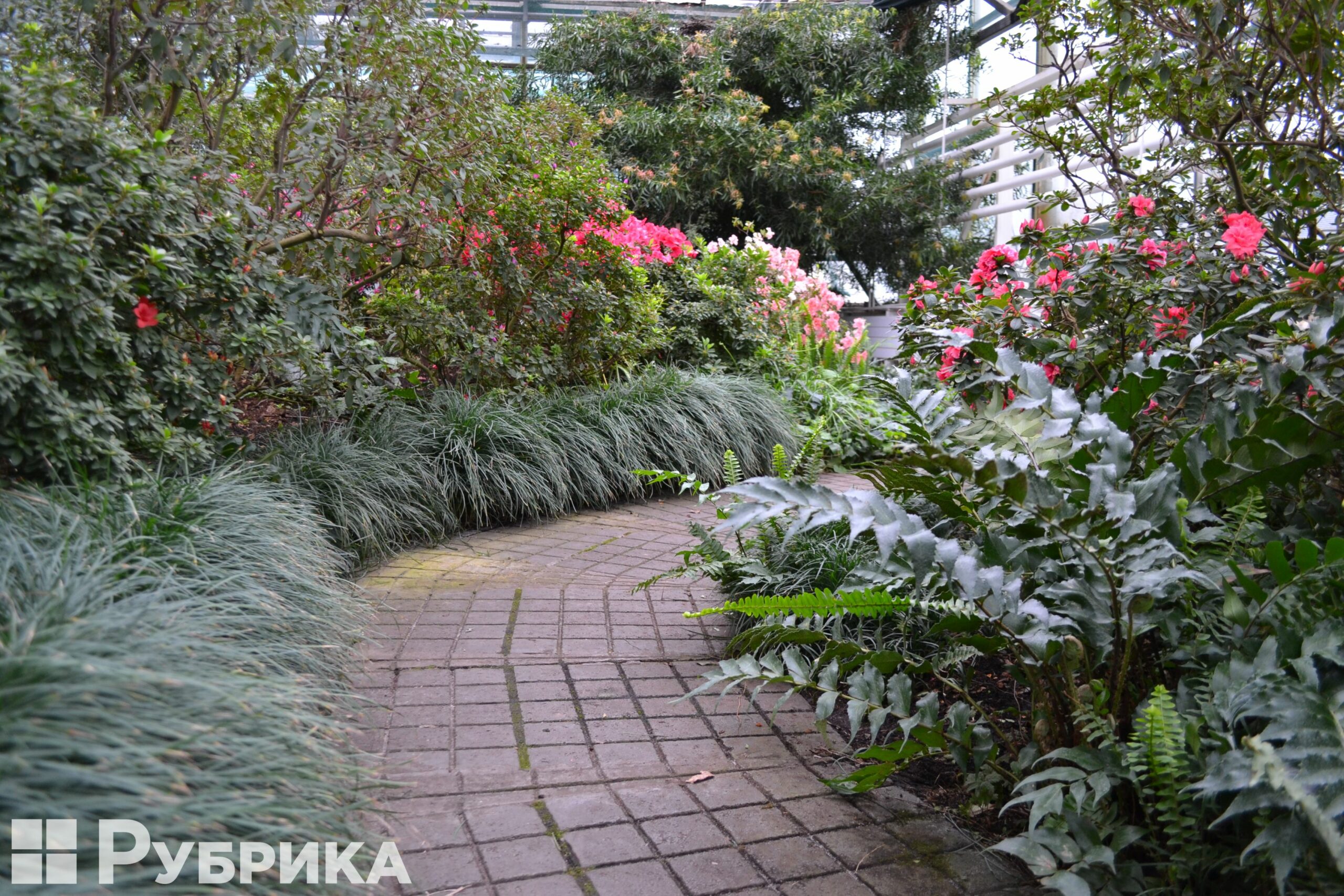
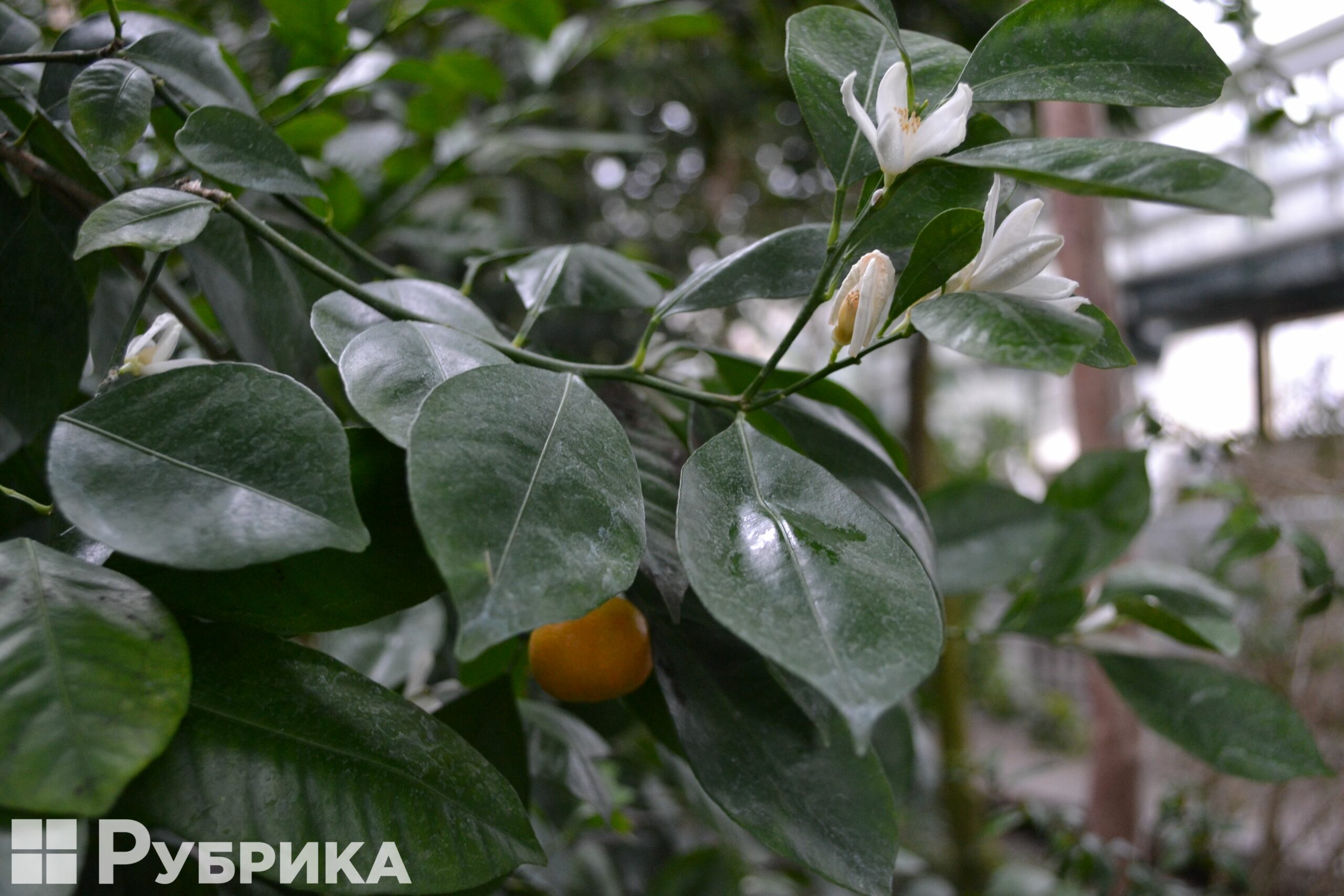
All of this required constant volunteer work to collect stacking firewood, as well as the heroic work of the garden's team every night to throw it into the heaters and barrels. But even that was not enough. About four tons of pellets are needed daily to heat the greenhouse, each costing $320 – and the institution did not have money to purchase them.
How did it happen?
In the past, the Hryshko Botanical Garden, relied partly on public funding as well as ticket sales to fund its regular operations. However, due to closures during the COVID period in 2021 in the spring tourist season, and the following spring in 2022 due to the war, much of its funding dried up.
"The lilac bloomed in an empty garden for the past two years," recalls Olha Pokhylchenko, the dendrology department's senior researcher. "If we somehow survived the COVID-19 pandemic – because many people attended the garden in the summer because most of them stayed in Kyiv – then this summer, the garden was empty again because people fled the war. We truly hope people will come to look at the lilacs this year."
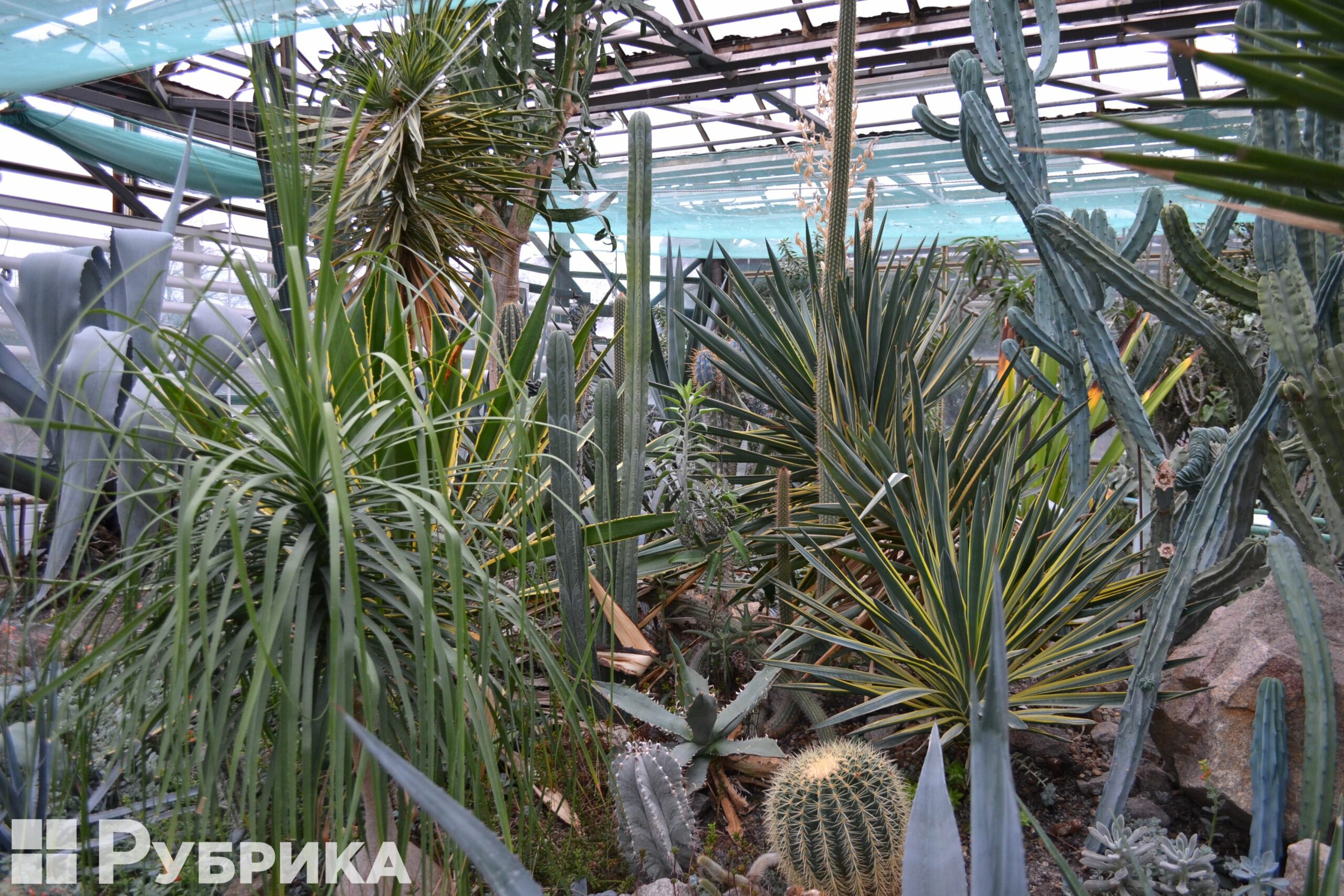
The botanical garden hopes it can rely on more than just lilac blossoms. Foundations, organizations, and Kyiv residents helped it to survive.
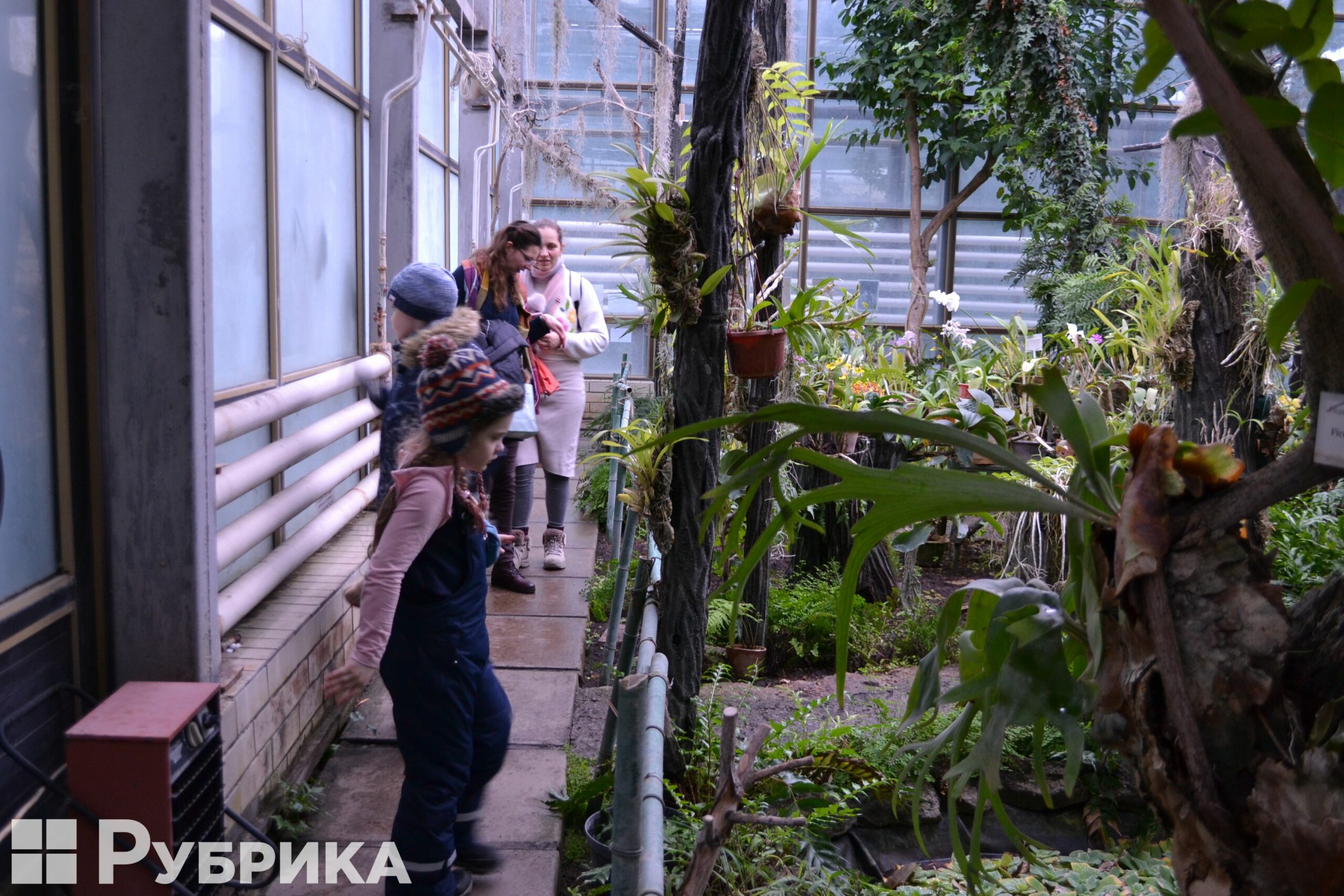
What is the solution?
Come to the greenhouse for the flowering of azaleas
From February 15, 2023 through the end of March, the greenhouse will be open every day without a day off because right now is the blooming period of azaleas and orchids. Anyone can visit the greenhouse and help it with a contribution simply by buying a ticket.
- The entrance ticket to the botanical garden will cost $2.70, and another $1.30 to access the greenhouse.
- Opening hours: daily from 10:00 to 17:00.
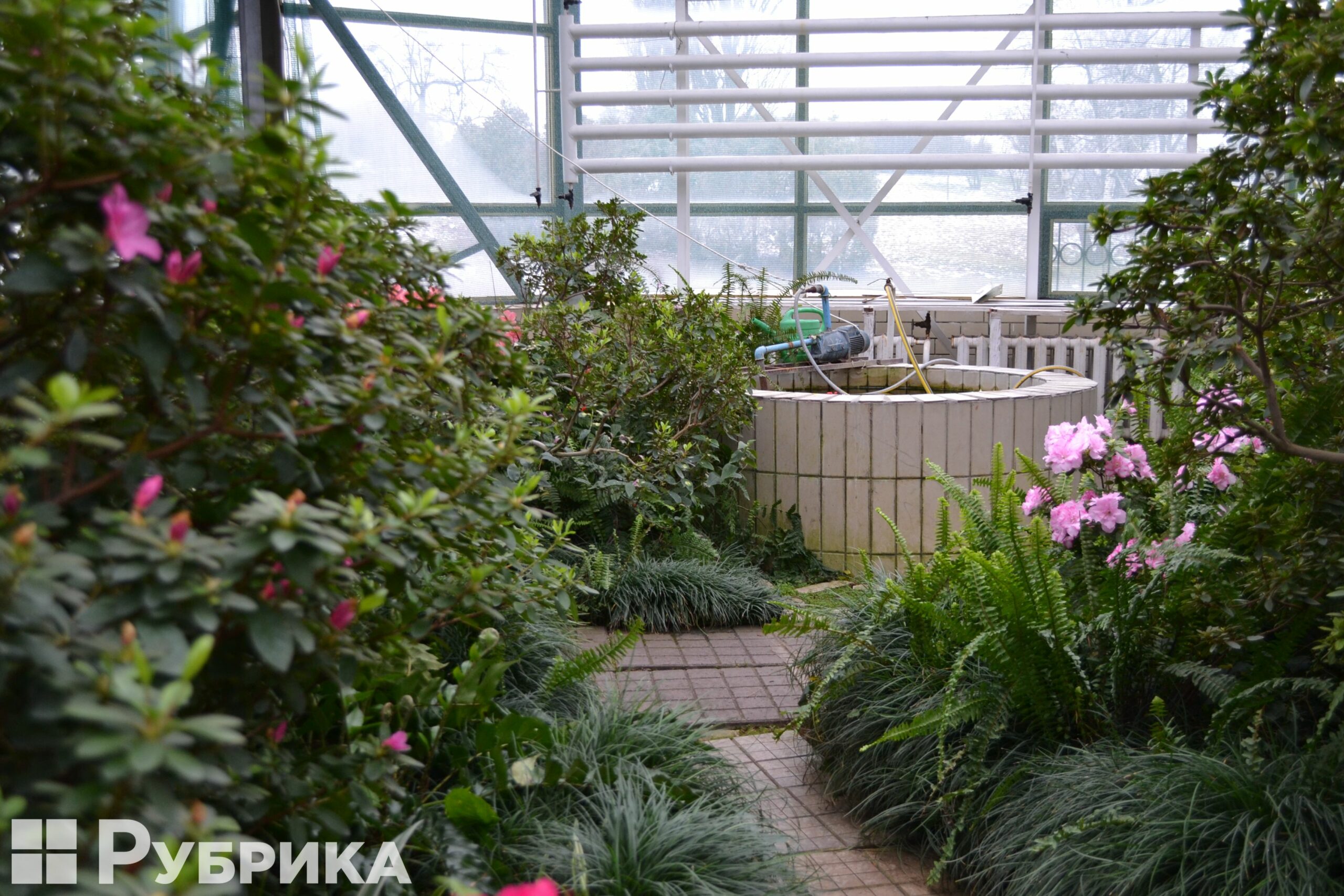
Plunge into the world of botany and become a scientist for a few hours
On the day of Rubryka's visit, a group of volunteers are performing thorough and significant work in laboratory building number two, measuring the size of pinecones before and after extracting their seeds.
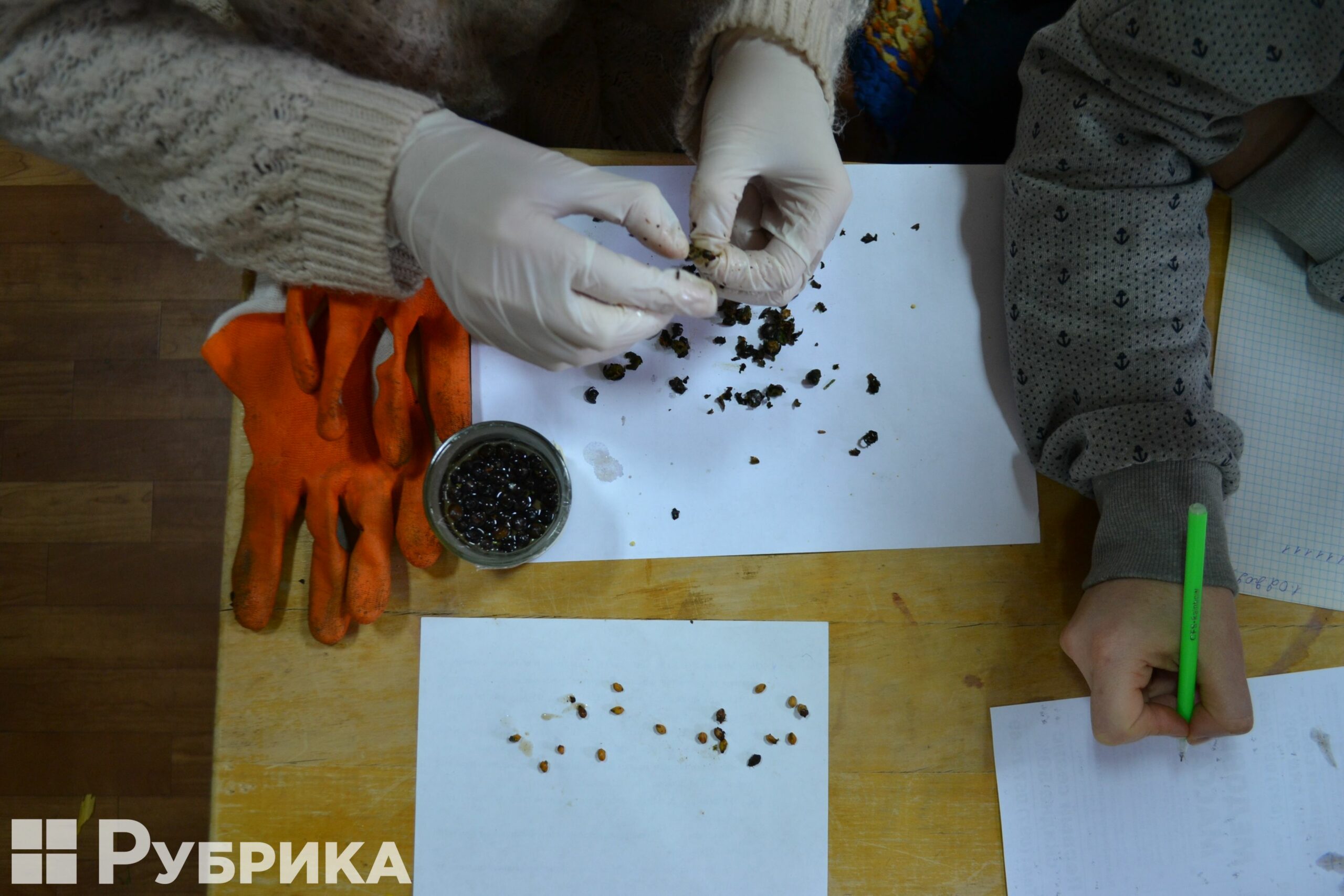
Olha Pokhylchenko is studying the biometry of juniper cone berries and the properties of their seeds from year to year.
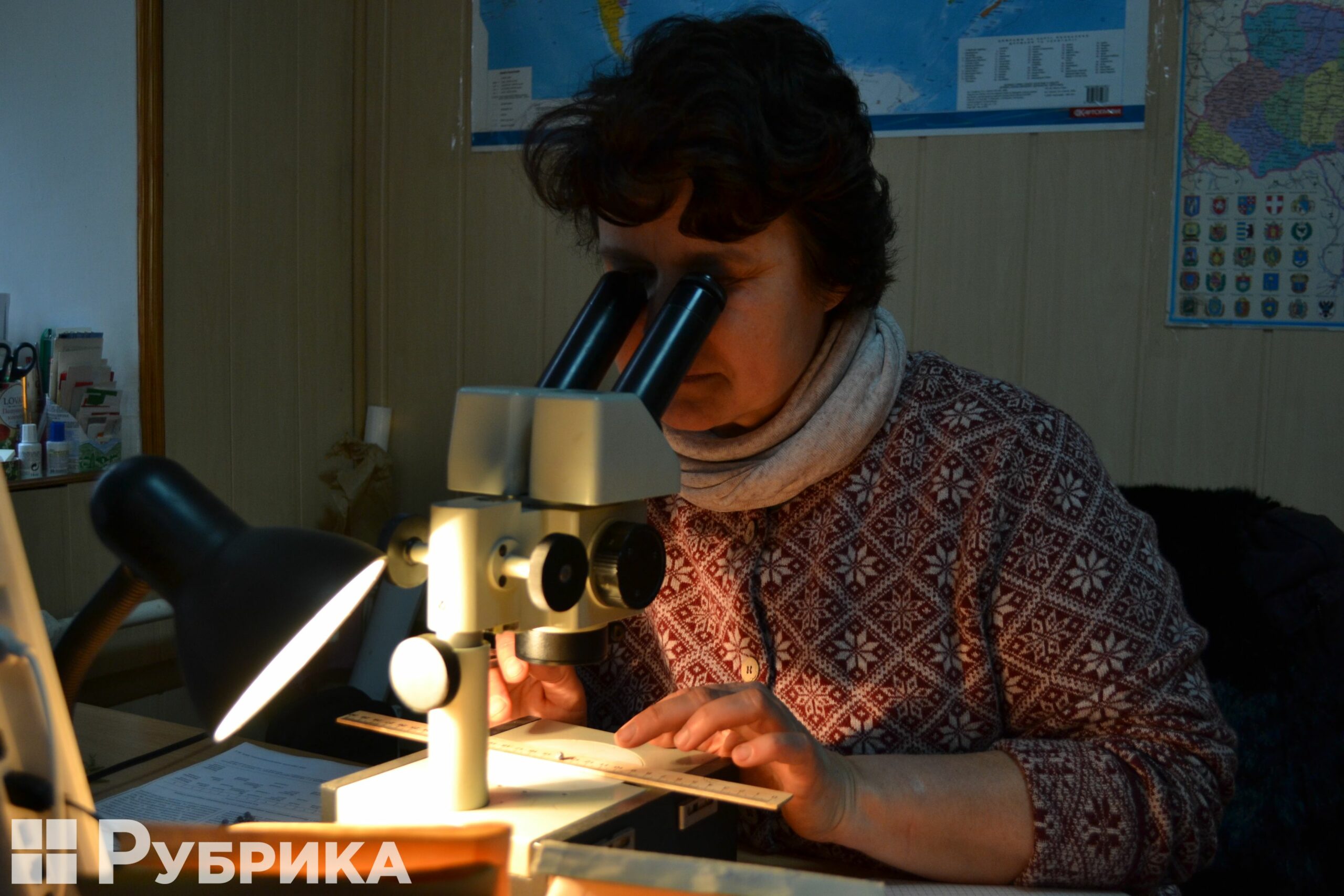
"In the 1980s, 40 people worked in the botanical garden; in the 2000s, the number was already 25, and now there are only 11," she explains to the group of volunteers she oversees at the institution, whose help is necessary because there are simply not enough hands and time to carry out all the scientific work.
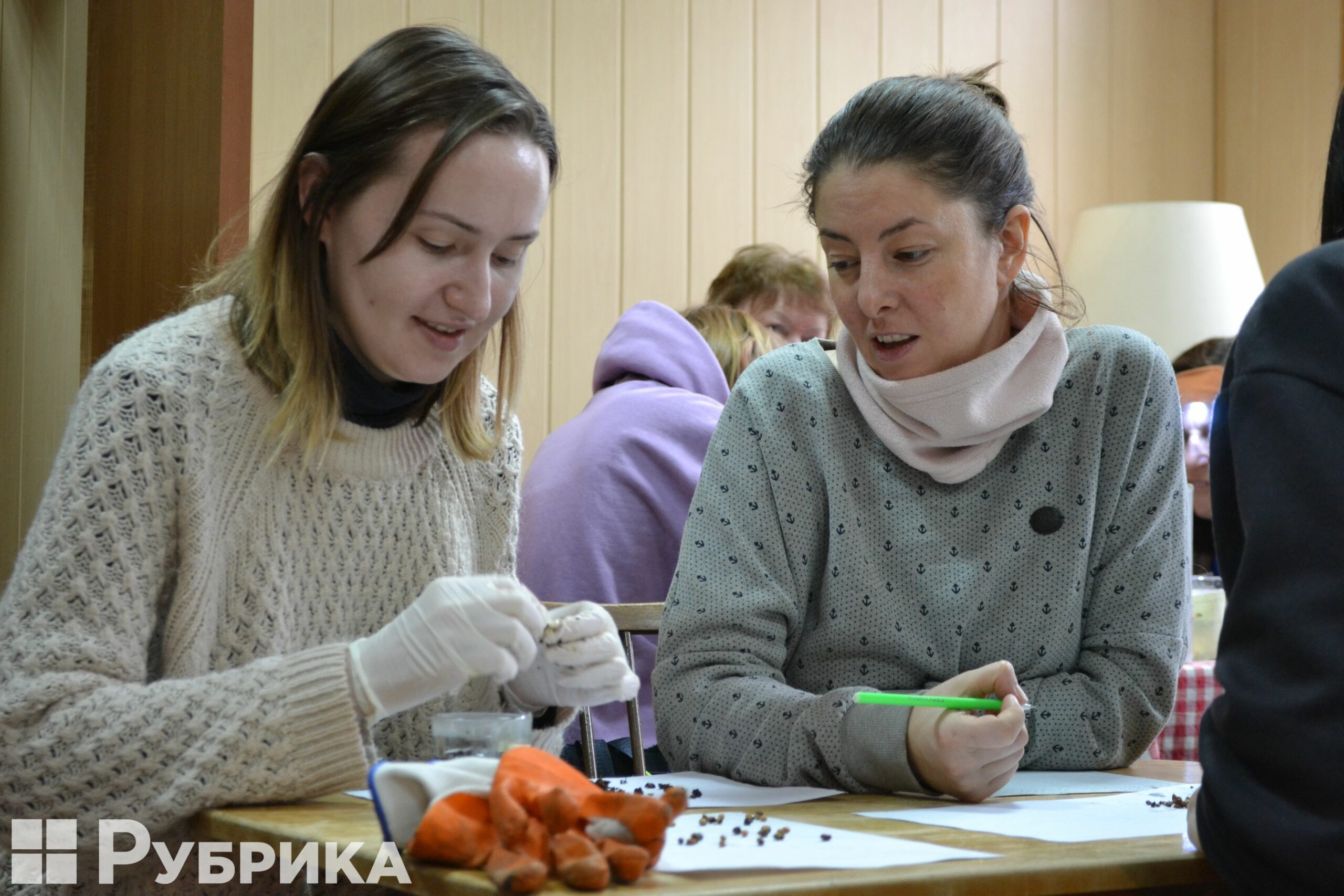
The lack of volunteers at is why Pokhylchenko created a group on Facebook to attract volunteers. You can join it too and get involved in scientific work, plant care, preparation for events, tidying up the territory, and building a water fountain in the garden.
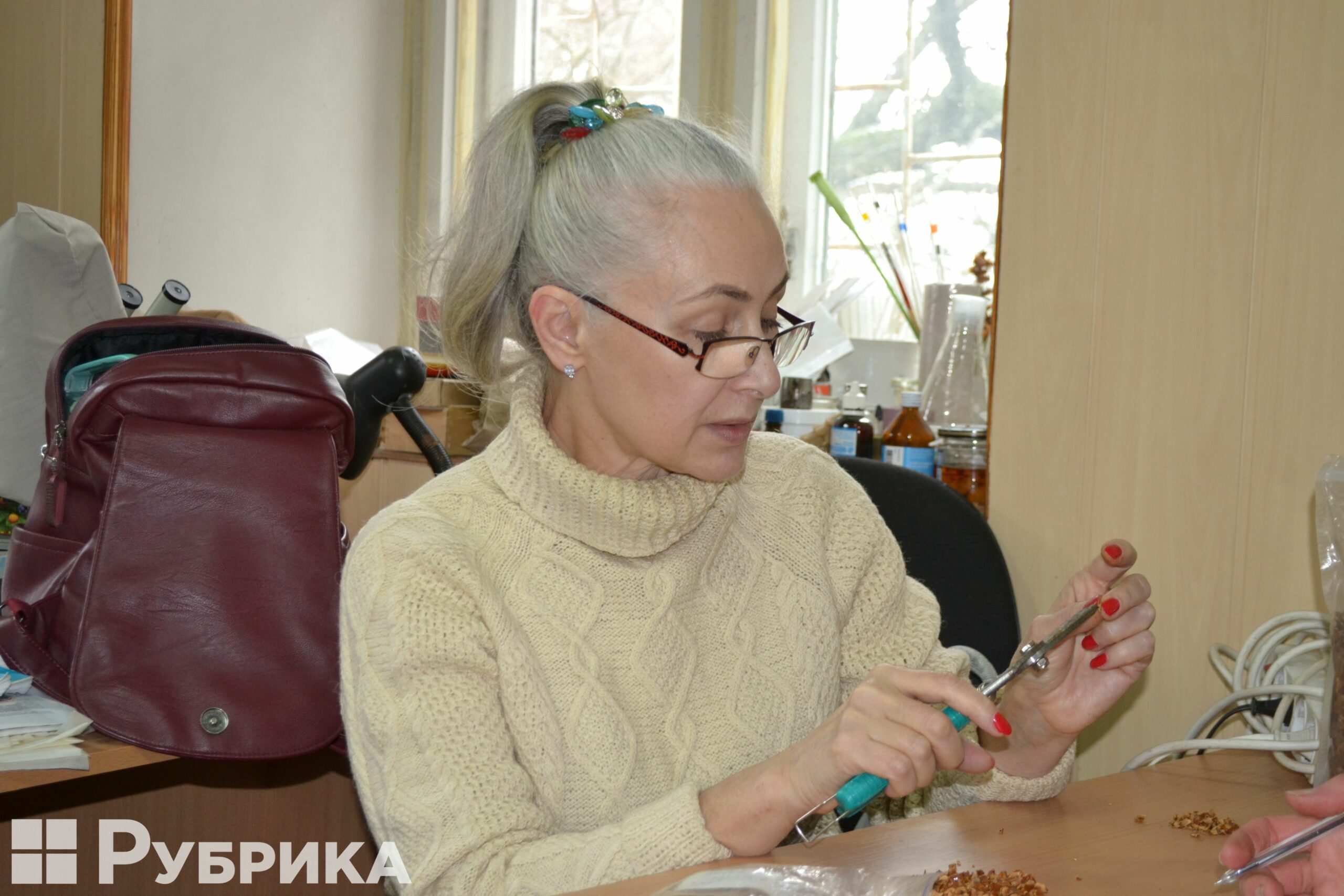
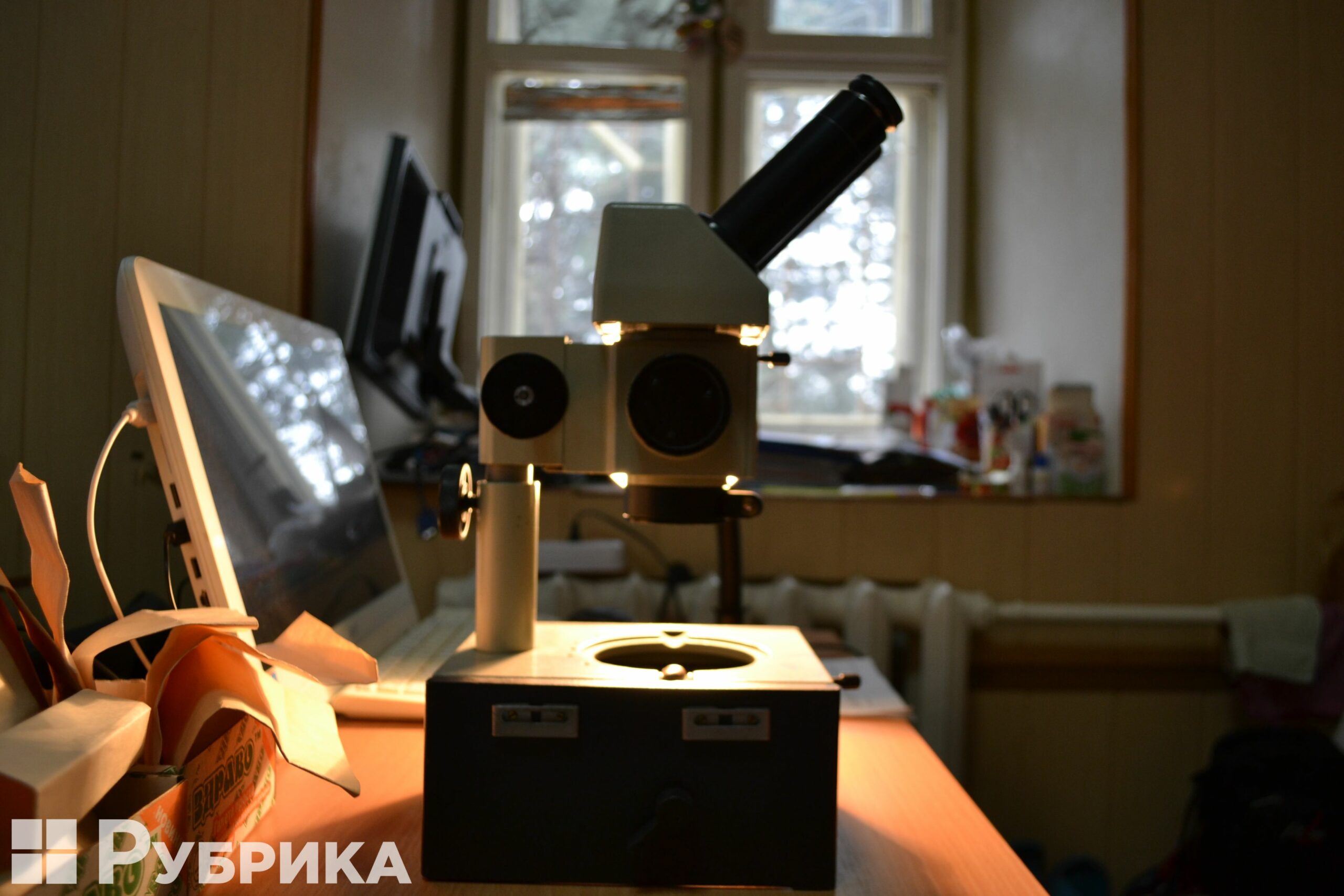
Attend one of the charity events in the botanical garden
Grishko Botanical Garden revived the 19th century tradition of holding public events in the botanical gardens to popularize the institution. The next one is the Charitable Tea Festival on March 24-26, 2023 which aims to raise money to reconstruct the greenhouse equipment to help the unique plants survive the coming winter.
Help optimize the heat consumption of the greenhouse complex
#HeatForGreenhouses
Funds for pellets for the botanic garden were also provided by the charitable organization Peli can live as part of a joint project with the garden, "Heat for Greenhouses." The foundation has been taking care of problems of the botanical garden for a long time: they are building an irrigation system for plants in the Rubtsova Dendraea, and in two summers, one-fifth of the planned irrigation system was built. They often collaborate with other initiatives, or even start their own.
So far, the project has already collected about $81 thousand in donations, but there is no longer a need for pellets as the regular city heating network now heats the complex. Next, the project will deal with the reconstruction of greenhouses to reduce heat consumption. Many pressing problems in the garden still need to be solved before next winter, so anyone can help the Botanical Garden by donating to Heat For Greenhouses. Details are available on the organization's website.
